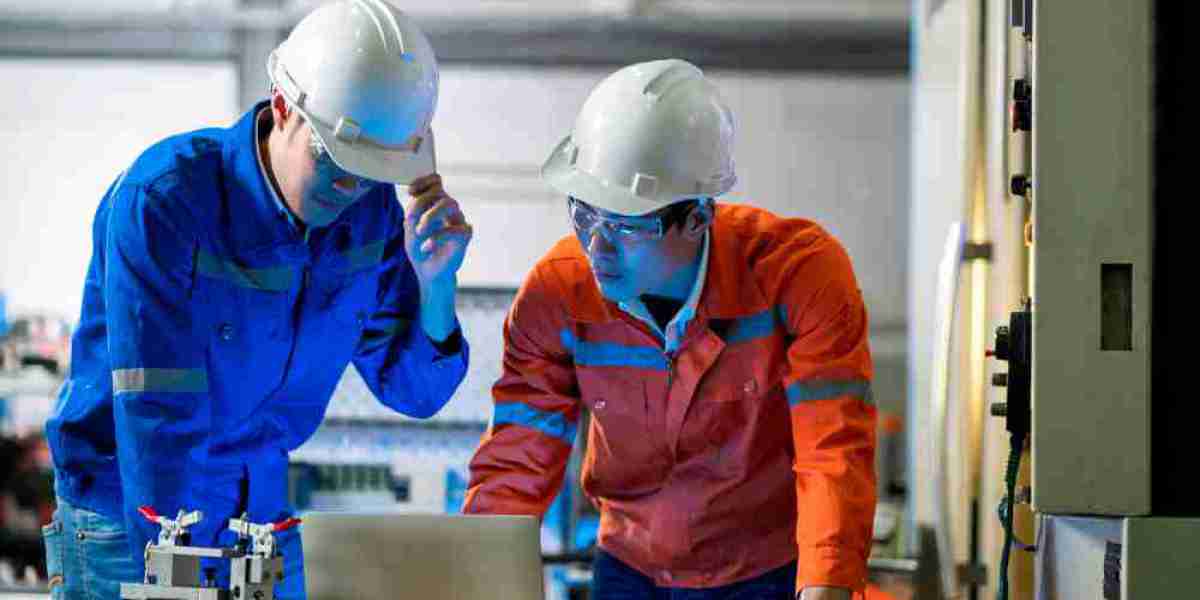Introduction
Mechanical, Electrical, and Plumbing (MEP) systems are the lifeblood of modern buildings, providing essential services for comfort, safety, and functionality. From heating and cooling to lighting and water supply, MEP systems play a critical role in creating efficient and sustainable structures. To ensure optimal performance and long-term reliability, it is essential to engage a qualified MEP engineering firm that can offer comprehensive solutions, from initial design to final installation.
Understanding MEP Systems
MEP systems comprise a broad spectrum of parts and technology, such as:
Electrical systems: Power distribution, lighting, control systems, and electrical safety equipment.
Mechanical systems: Heating, ventilation, air conditioning (HVAC), plumbing, and fire protection.
Plumbing systems: Water supply, drainage, sanitation, and waste disposal.
These systems are interconnected and interdependent, requiring careful planning and coordination to achieve desired outcomes.
The Importance of Comprehensive MEP Solutions
A comprehensive MEP solution involves a systematic approach that covers all aspects of the project, from design and planning to installation and maintenance. By working with a qualified MEP engineering firm, building owners and developers can benefit from:
Optimized performance: Well-designed and installed MEP systems can enhance building efficiency, reduce energy consumption, and improve occupant comfort.
Safety and compliance: MEP systems must adhere to strict safety codes and regulations to protect occupants and property. A comprehensive solution ensures compliance with all relevant standards.
Long-term reliability: Proper design, installation, and maintenance can extend the lifespan of MEP systems, minimizing downtime and costly repairs.
Cost-effectiveness: A comprehensive approach can help identify and address potential issues early on, preventing costly mistakes and delays.
Sustainability: MEP systems can be designed to incorporate energy-efficient technologies and sustainable practices, reducing the building's environmental impact.
The Design Process
The MEP design process typically involves the following steps:
Needs assessment: Identifying the specific requirements of the building, such as occupancy, usage, and desired level of comfort.
Code analysis: Ensuring compliance with local building codes and regulations.
Site evaluation: Assessing the site conditions and constraints that may impact MEP system design.
Conceptual design: Developing initial concepts for the MEP systems, considering factors such as layout, equipment selection, and energy efficiency.
Detailed design: Creating detailed drawings and specifications for the MEP systems, including equipment selection, pipe routing, and wiring diagrams.
Coordination: Collaborating with other project stakeholders, such as architects, structural engineers, and contractors, to ensure compatibility and avoid conflicts.
MEP Installation
Once the design is finalized, the MEP systems can be installed by qualified contractors. The installation process typically involves:
Site preparation: Preparing the site for installation, including excavation, trenching, and utility relocation.
Equipment delivery and installation: Delivering and installing MEP equipment, such as boilers, chillers, pumps, and electrical panels.
Piping and wiring: Installing piping systems for water supply, drainage, and HVAC, as well as wiring for electrical circuits and control systems.
Testing and commissioning: Testing the MEP systems to ensure proper operation and compliance with design specifications.
MEP Maintenance
Ongoing maintenance is essential to ensure the long-term performance and reliability of MEP systems. Regular maintenance activities may include:
Inspections: Conduct periodic inspections to identify potential problems and address them before they escalate.
Cleaning: Cleaning equipment and components to remove dirt, debris, and contaminants.
Adjustments: Making adjustments to system settings to optimize performance and efficiency.
Repairs: Repairing damaged or worn components.
Upgrades: Upgrading systems to incorporate newer technologies or improve efficiency.
Conclusion
MEP systems are critical components of modern buildings, providing essential services for comfort, safety, and functionality. By working with a qualified MEP engineering firm, building owners and developers can ensure that their projects benefit from comprehensive solutions that meet their specific needs and exceed expectations. From design to installation and maintenance, a comprehensive approach can help optimize performance, enhance sustainability, and reduce long-term costs. As a leading MEP company in the USA, providing exceptional MEP services that meet the highest standards of quality and innovation.














